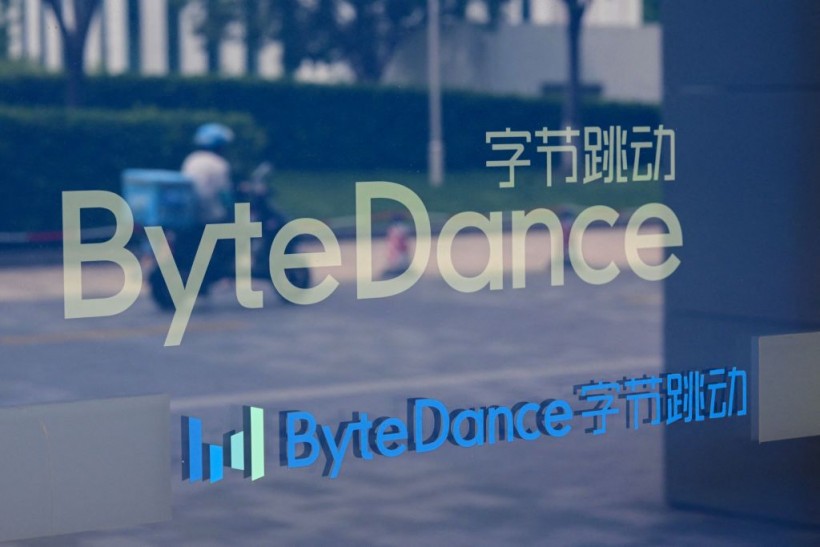The Whispering Winds of AI Change: Leadership Shake-ups and New Frontiers
In an era marked by rapid technological strides, the artificial intelligence landscape is witnessing seismic shifts, particularly within industry giant OpenAI. Recent developments have sparked a surge of skepticism regarding the much-anticipated timelines for achieving Artificial General Intelligence (AGI). This collective upheaval within OpenAI has not only amusingly coincided with claims of imminent breakthroughs but has also raised uncomfortable questions about its trajectory.
 An emblematic shift in AI leadership.
An emblematic shift in AI leadership.
Leadership Changes and Questions of Commitment
In a revelation that sent shockwaves through the tech community, OpenAI recently announced significant leadership changes that have puzzled many. Co-founder and president Greg Brockman has opted for a sabbatical until the year’s end, alongside the permanent departure of fellow co-founder John Schulman to rival Anthropic. Moreover, VP of Consumer Product, Peter Deng, has also exited the firm, amplifying concerns about stability.
Brockman, in a post shared on X, framed his sabbatical as a well-earned respite after navigating the high stakes of technological innovation for nearly a decade. He stated, “The mission is far from complete; we still have a safe AGI to build.” Yet, onlookers like AI developer Benjamin De Kraker have posed a critical question amidst these departures: If OpenAI is on the cusp of achieving AGI, why are key players leaving?
The Illusive Quest for AGI
AGI—an artificial intelligence capable of human-level reasoning—remains a tantalizing goal for OpenAI. CEO Sam Altman has long hinted at its feasibility in the near future, yet recent events raise pertinent questions about whether the organization is genuinely on the brink of monumental advancements. Critics such as Ed Zitron argue that these leadership changes hint at a desperate need for justification behind the escalating investments in AI technologies which have yet to yield profitable models. Meanwhile, some analysts view this turbulent phase as a sign that OpenAI’s pioneering days might be over, at least in terms of groundbreaking innovations.
 ByteDance makes a move into generative AI.
ByteDance makes a move into generative AI.
ByteDance’s Jimeng AI: A New Player in Generative AI
On the other side of the Pacific, another tech titan is stepping onto the battlefield. ByteDance, the parent company of TikTok, has unveiled its latest venture: Jimeng AI. This generative AI application is designed to create images and videos from simple text prompts, positioning itself as a competitive option against tools like OpenAI’s Sora. Jimeng, which translates to immediate dream, aims to fulfill user requests promptly and effectively, with plans for a global rollout still pending.
ByteDance’s foray into generative AI coincides with its broader strategy to expand its technology portfolio and maintain dominance in content creation across platforms. By allowing users to generate a limited number of multimedia outputs for free, with the option to increase their quota versus a monthly subscription fee, Jimeng is designed to capture a significant share of the burgeoning generative market.
The Growing AI Landscape in Banking
As the tech giants navigate these turbulent waters, the financial sector is also making significant strides in adopting AI technologies. Canadian Imperial Bank of Commerce (CIBC) has announced plans to hire over 200 employees specializing in data and AI roles within the coming year. This decision underscores a broader industry shift towards leveraging generative AI to enhance operational efficiency, exemplified by their pilot programs that utilize AI interfaces to streamline client interactions.
The findings from a recent Citigroup report indicate that over half of banking jobs are at a high risk of automation, projecting a potential sector-wide boost valued at $170 billion by 2028. With the banking landscape evolving, established institutions are embracing generative AI not just to remain competitive, but to innovate in client service and operational procedures.
The Competitive Race for AI Dominance
The strategic moves being made by both OpenAI and ByteDance offer a fascinating glimpse into the future of AI and its inexorable march into various sectors of life. As startups and established firms alike pour resources into research and development, the pressure to demonstrate significant breakthroughs intensifies. OpenAI, for all its historical accomplishments, finds itself under the relentless pressure of maintaining its lead in the rapidly shifting dynamics of the AI space, while facing competition not only from peers like Anthropic but also from emerging giants like ByteDance.
Addressing Concerns in AI Alignment
The recent departures at OpenAI have highlighted the intricate challenges associated with AI alignment, a field dedicated to ensuring AI systems produce beneficial outputs. This was emphasized by Schulman, who stated that his transition to Anthropic to focus on AI alignment signifies a crucial pivot in his career towards improving the responsible use of AI.
In contrast, OpenAI’s alignment researchers who left the company have offered critiques directly addressing the handling of safety measures within the organization, framing the structural changes as an opportunity for reform in how AI developments are guided.
Conclusion: A Future in Flux
As these developments unfold across the vast expanse of the AI ecosystem, the hypothetical breakthrough of AGI looms ever larger on the horizon. OpenAI’s internal shake-up and ByteDance’s bold new offering are indicative of an industry at a crossroads. The question remains: will these changes aid in the smooth evolution toward AGI, or do they reflect deeper issues within the companies? As the adage goes, the only constant in tech is change, leading us to believe that the next chapter in AI is set to offer surprises we could scarcely imagine.
With AI’s potential landing squarely at the intersection of opportunity and trepidation, stakeholders from every sector must navigate this landscape prudently, balancing innovation with ethical considerations.
 Canada’s CIBC steps into the future with AI talent acquisition.
Canada’s CIBC steps into the future with AI talent acquisition.
Further Reading
For those keen on delving deeper into these thrilling advancements in the AI space, check out these insightful articles on the latest trends and implications.


 Photo by
Photo by 












